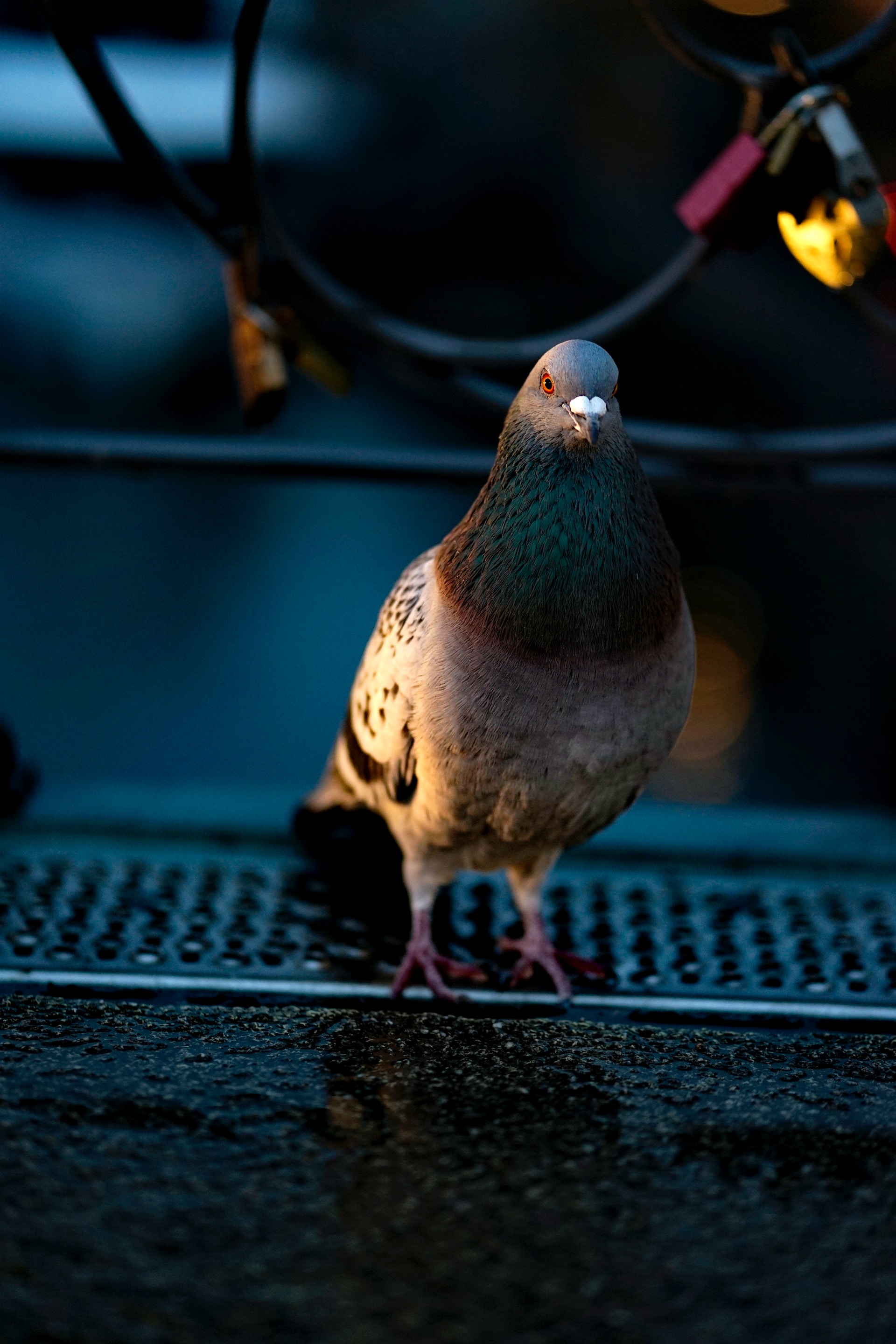Understanding the Importance of Native Plants to Birds
Can you imagine a world without the cheerful chirping of birds as life’s soundtrack? Well, as far as garden ecosystems go, birds not only provide ambiance but also serve essential roles from aiding in seed dispersal to managing insect populations. A crucial first step to attracting more of these lovely creatures to your yard is understanding the importance of native plants to birds.
Native plants are the natural lifeline that holds your local bird populations together. These plants provide shelter, food sources, and space for nesting. An intricate web weaves them into a sustainable co-existence. Scientists have confirmed that, indeed, native plants play a critical role in supporting bird populations.
Identifying Native Plants in Your Area
Now that we’ve established the role of native plants, it’s time to identify the right ones for your region. Just as bird species differ across locales, so do the plants. A cardinal rule of thumb not to gloss over is that different regions have varied plant species. These are the species that the local birds have adapted to and depend on.
Many tools and resources are available to help you identify native plants in your region. One trusted source is the local horticultural society or a nearby botanical garden. You can also seek guidance from online resources that offer comprehensive databases of native plants.
Selecting the Right Native Plants to Attract Different Bird Species
Picking the right native plants requires a deeper understanding of the bird species in your region. Typically, bird species fall into two categories: generalists, who feed on a wide array of food and specialists, whose diets are specific.
The trick lies in choosing an assortment of native plants that will cater to both these categories. Research has shown that native fruiting shrubs and trees, as well as flowering plants that offer nectar, seed or insects, appeal to most bird species, both generalists and specialists alike.
Planting and Caring for Native Plants
Getting your native plants into the ground is just the beginning. The actual work involves planting and caring for them so they continue to provide a haven for your feathered friends. Understanding the growth patterns and care needs of your selected plants is crucial in this process.
Planting should ideally happen during spring or fall, when the temperatures are moderate. Regular mulching, watering and trimming will help maintain plant health. Remember, always aim for low-impact gardening to keep the ecosystem flourishing.
Understanding the Impact & Measuring Success
By choosing to plant native species in your garden, you are aiding in combating the loss of bird populations. Your garden could effectively serve as a sanctuary, a safe haven for birds where they can thrive.
So how can you measure the success of your new bird-friendly garden? A healthy co-existence of diverse bird species and native plants is a good sign. You can also use technology to your advantage with bird tracking apps to watch your feathery guests. No higher satisfaction comes than watching the fruits of your labor come alive with the flutter and song of content birds.


